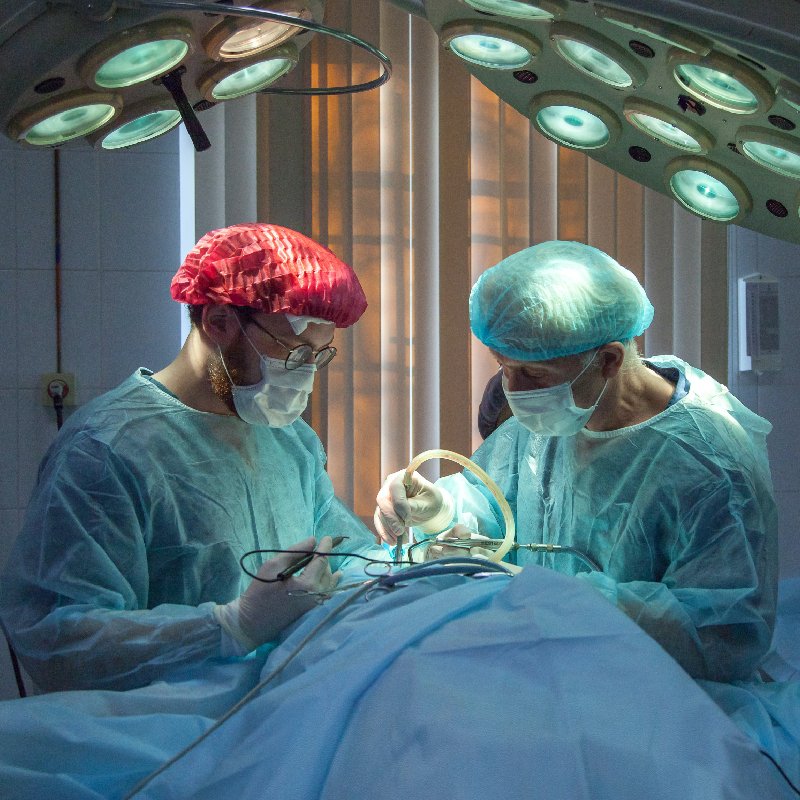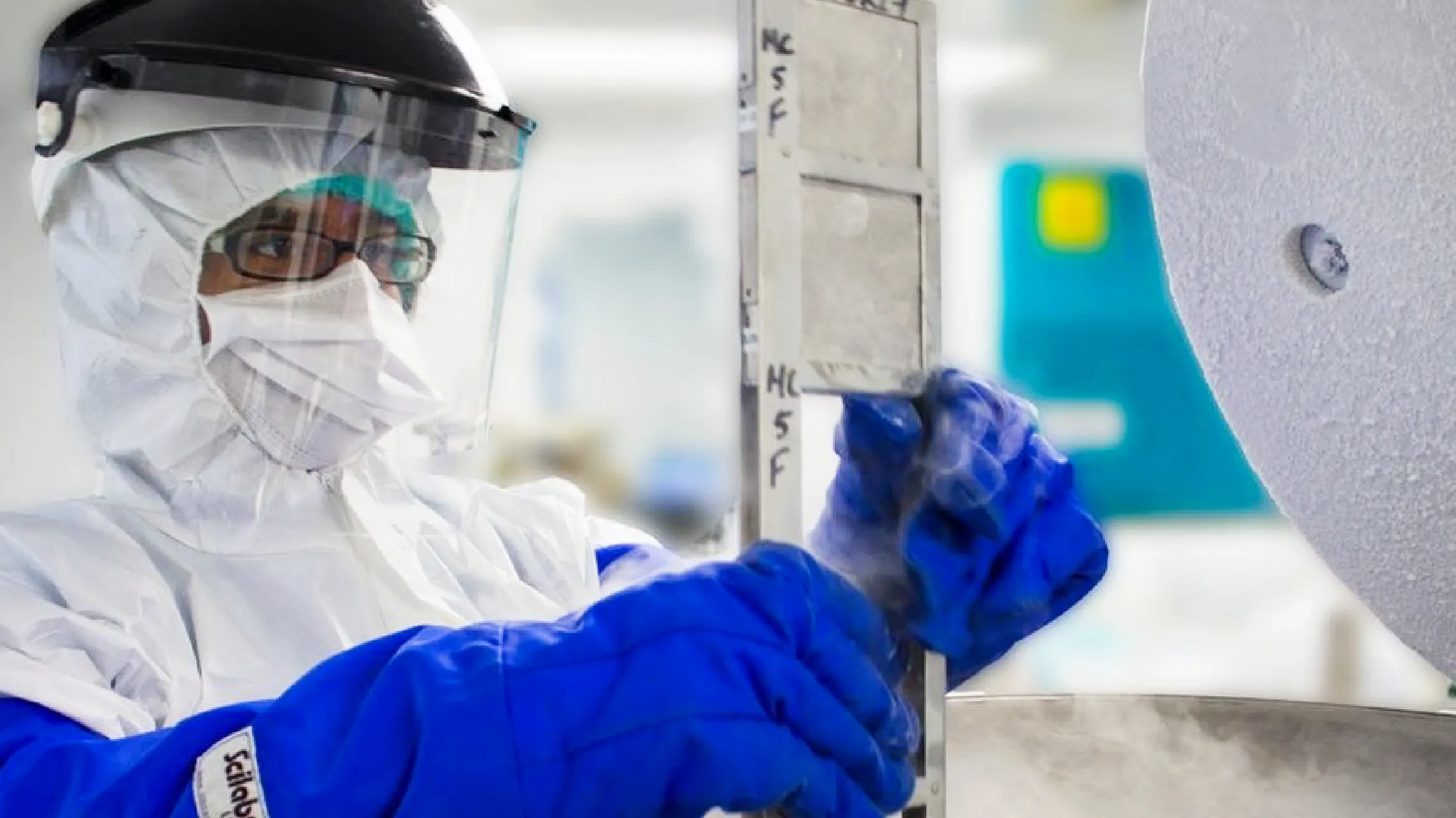
Bringing a baby into the world is an exciting and life-changing event. Proper preparation is crucial for ensuring the health and well-being of both the baby and the parents, and understanding the importance of baby stem cells can play a significant role in this process.
This article will guide you through the essential steps to prepare for your baby’s arrival and explain the potential benefits of baby stem cells.
Health Preparations for Parents
Before conceiving, it’s essential for both parents to be in optimal health. Regular medical check-ups and vaccinations are vital for identifying and addressing any health issues. Additionally, adopting a balanced diet, engaging in regular exercise, and avoiding harmful substances can significantly impact your baby’s health. Incorporating baby stem cells into your birth plan is also a consideration for future medical benefits.
Creating a birth plan is crucial for ensuring a smooth delivery. This plan should include your preferences for labor and delivery, as well as considerations for baby stem cells collection. Selecting a healthcare provider who supports your choices is essential. Additionally, preparing your home to be safe and comfortable for the baby is vital. Ensure that the space is clean, free from hazards, and equipped with necessary baby supplies.
-Your insurance coverage
-The provider’s reputation
-The provider’s specialty and credentials
-Your preferred hospital
-Accessibility to your provider
-Who will deliver your baby
-Alignment with your personal beliefs and preferences
-Your personal comfort and instincts
Financial Preparations
Budgeting for a baby involves understanding the costs associated with childbirth, baby supplies, and potential medical expenses. Financial planning should also include insurance coverage for the baby and understanding maternity/paternity leave policies. Considering the cost of storing baby stem cells and evaluating your financial situation can help you make an informed decision.
Pregnancy and parenthood can bring about anxiety and stress. It’s important to develop strategies for managing these emotions, such as mindfulness practices and seeking support from loved ones. Having a strong support system, including family, friends, and support groups, can provide emotional and practical assistance. Discussing baby stem cells with your support network can also provide clarity and reassurance.
Baby stem cells are undifferentiated cells found in the umbilical cord blood and tissue, with the potential to develop into various types of cells. These cells can be collected and stored for potential future medical use, such as treating certain diseases and conditions. The process of collecting baby stem cells is safe and painless for both the mother and the baby. Deciding whether to store baby stem cells involves considering the potential benefits and costs. Consulting with healthcare professionals and researching reputable stem cell banks can aid in making an informed decision.
Know More about Stem Cells from Here.
Preparing for a baby involves thorough planning and consideration of various aspects, including health, financial, and emotional preparations. Understanding the potential benefits of baby stem cells and deciding whether to store them is an important part of this process. By starting early and considering all options, you can ensure a smooth transition into parenthood and provide the best start for your baby’s life.
References:
https://www.webmd.com/baby/should-you-bank-your-babys-cord-blood
https://nmhnicu.ie/your-baby-at-home/home-environment/
https://www.betterhealth.vic.gov.au/health/servicesandsupport/developing-a-birth-plan
Related Events

Smart Cells Laboratory Grand Opening
February 8th marks the grand opening of our first laboratory in the Middle East, and our Group's 14th laboratory worldwide. Smart Cells International, a proud member...

Cord Blood Banking FAQ’s
Should I consider using cord blood banking? In recent years, several companies have promoted a service for cord blood banking leftover umbilical after birth. This banked...

Unlocking the Secrets of Cord Blood Banking: Everything You Need to Know
Unlocking the Secrets of Cord Blood Banking: Everything You Need to Know Cord blood banking involves collecting potentially life-saving stem cells from the umbilical cord and...
Find out more
Claim your free guide online or talk to us to find out more
Accreditations